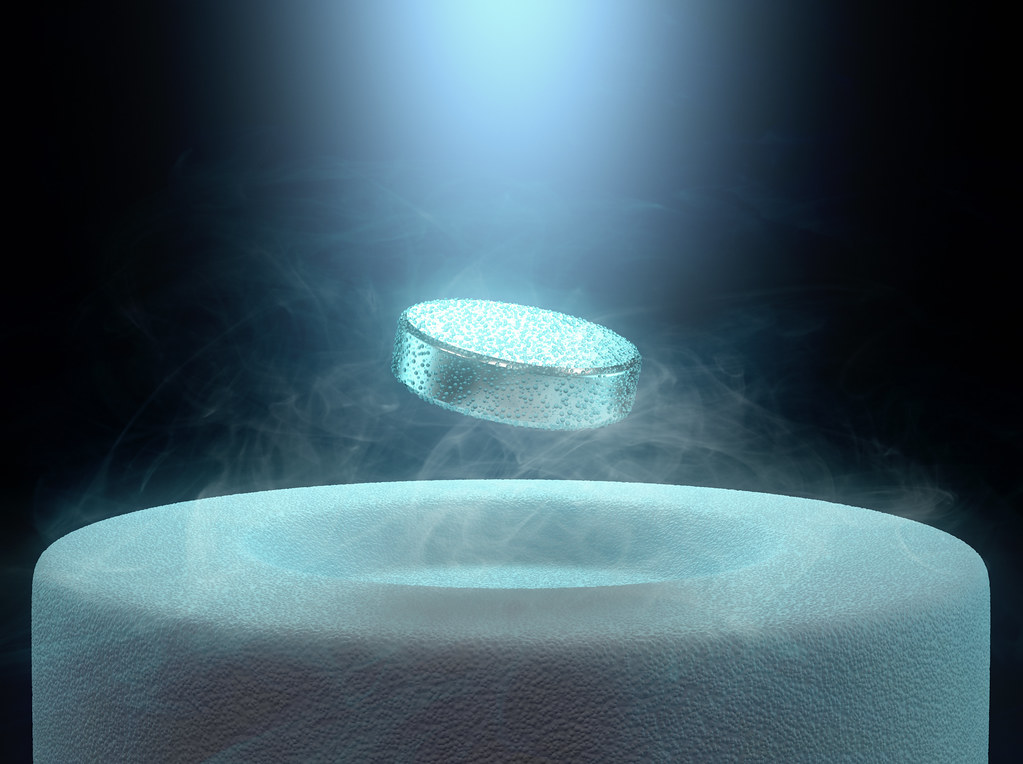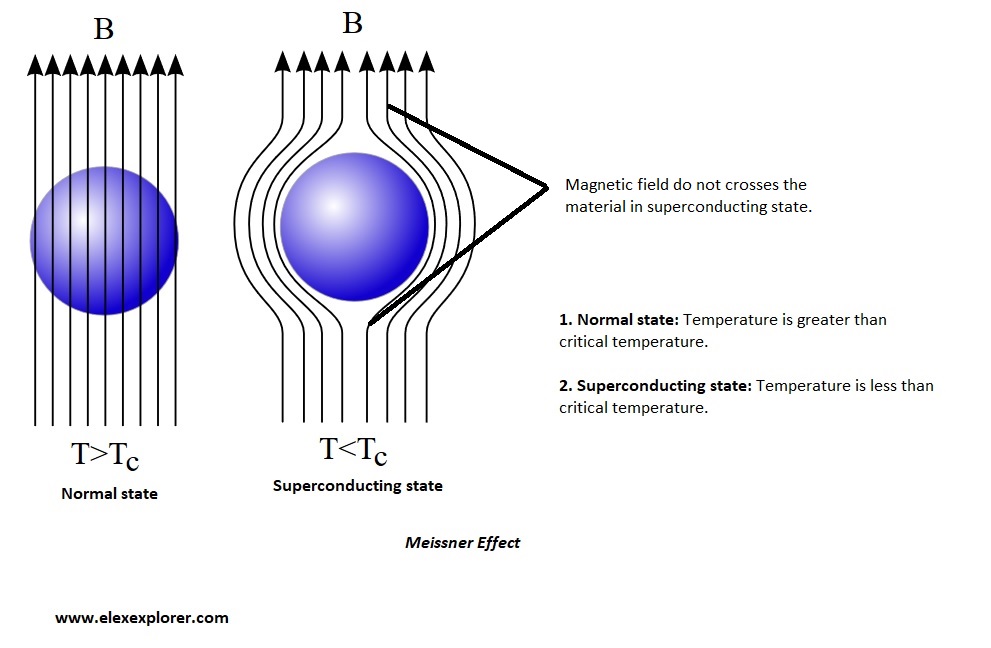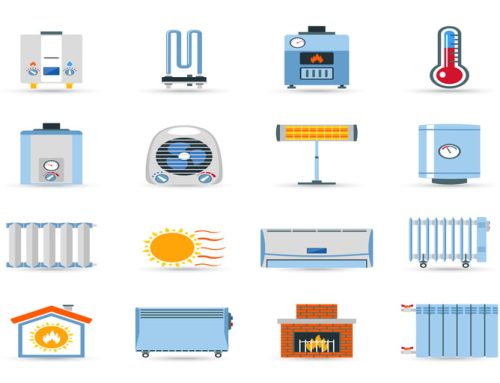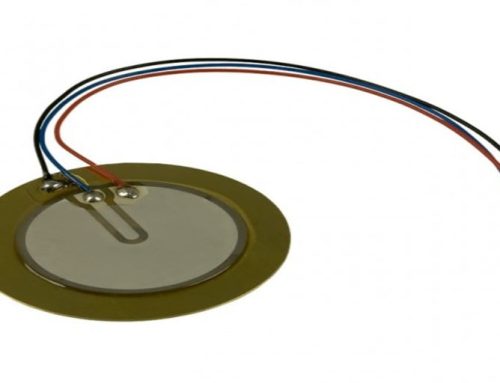
Today we are generating and consuming electricity and that is possible because of only conductors. Conductors are a kind of material those are having free electrons in their atomic orbits and these free-electron carry electric current from one place to another. Here every conductor is having some electrical resistance means there is power loss while carrying the electricity. Every metal can carry electricity and also it has some electrical resistance. This is about normal electric conductors. Lets us suppose if the electric conductor does not have any electrical resistance means no power loss while carrying the electricity. That’s a point today we are going to understand. This is the Superconductor. So without any further delay, let’s get started.
What is The Superconductor?
A superconductor is a material that achieves superconductivity (means no electrical resistance) and does not allow magnetic fields to penetrate. The main interesting point in the superconductor is that an electric current can persist indefinitely inside a superconductor. Typically, superconductivity can only be achieved at extremely low temperatures. Nowadays superconductors have a wide variety of everyday applications. As of now, superconductive behavior cannot be achieved at normal or room temperature, it needs extremely low temperature. Currently, researchers are trying to get the superconductive behavior at higher temperatures also, which would revolutionize energy distribution.
History of Superconductivity:
The Discovery of superconductivity was a revolutionary achievement. The credit for this invention goes to Dutch physicist Heike Kamerlingh Onnes. In 1911, Onnes was studying the electrical properties of mercury (It is metal in liquid form) in his lab. He found that the electrical resistance of the mercury completely vanished or becomes zero when he dropped the mercury temperature to below 4.19 Kelvin. For confirmation, Onnes applied an electrical current to extremely cooled mercury, then disconnected the battery. He found that electric current remains intact inside the mercury without any decrement. This experiment confirmed the lack of electrical resistance and also opened the door to future applications of superconductivity.
After this discovery, various physicists spent decades trying to understand the nature of superconductivity and the cause behind it. They found that not only mercury but also many other elements and materials are showing superconductive behavior when cooled below a certain temperature.
In 1933, one more breakthrough had found in the area of superconductivity. Two German physicists Walther Meissner and Robert Ochsenfeld discovered that superconductors “expel” any nearby magnetic fields. It means that weak magnetic field cannot penetrate or bypass a superconductor. This phenomenon is known as the Meissner effect.
Working of a Superconductor:
When a metal drops its temperature below a certain value, the electrons in the metal form bonds. This is a copper pair bond. By locking up like this, the electrons cannot provide any electrical resistance in the metal; the electricity can flow through without any loss. However, this can be achieved only at extremely low temperatures. When the metal gets heated up, the electrons in cooper bonds get enough energy to break the bond and go back to provide the electrical resistance. That’s how a superconductor works.
Types of Superconductors:
We can classify superconductors into two categories:
- Type – l superconductor
- Type – ll superconductor
Type – l superconductor:
These type of superconductors lose their superconductivity very simply when it is placed in a certain magnetic field. The value of the magnetic field where superconductivity got vanished is known as the critical magnetic field (Hc). After losing the superconductivity, it will become like a normal conductor. Type – 1 superconductors are also known as soft superconductors because they losses their superconductivity. These superconductors follow the Meissner effect. This kind of superconductor includes basic conductive metals that are utilized in different areas of electrical cabling to computer chips. Zinc and Aluminium come under this category.
Type – ll superconductor:
These superconductors also lose their superconductivity in a certain magnetic field but the process is gradual. Type – ll superconductors will start to lose their superconductivity on the less-strength magnetic field and completely drop their superconductive nature at the higher critical magnetic field. The condition of the superconductor between the slighter critical (less strength) magnetic field and the higher critical magnetic field is called an intermediate state. These are known as hard superconductors because they do not lose their superconductivity simply. These superconductors will obey the Meissner effect partially. They are being used in the application for strong field superconducting magnets.
Properties of a Superconductor:
The superconductors are showing some of the special properties. Several types of research are still going on to explore the attributes of superconductors. Some of the properties are given below:
- Zero electric resistance
- Meissner effect
- Transition temperature
- Critical current
- Josephson effect
Zero electric resistance:
In a superconductive state, superconductors illustrate zero electric resistance or infinite electric conductivity. As we know, when the material is cooled under its transition temperature, then its resistance will be reduced to zero. It happens due to the creation of copper bonds inside the metal. The copper bonds provide an ideal path to flow the electric current.
Meissner effect:
The Meissner effect is a property of all superconductors that was discovered by two physicists Walther Meissner and Robert Ochsenfeld in 1933. As per this effect, relatively weak magnetic fields are completely repulsed from the interior of all superconductors except for a surface layer.

Meissner effect – in superconductors
Transition temperature:
It is also known as critical temperature. The transition temperature is the range of temperature in which an ordinary conductor changes its conducting state from normal to superconducting. Most of the superconductors have a transition temperature range between 1 Kelvin and 10 Kelvin.
Critical current:
When the current flows in a superconductor it generates a magnetic field. As the value of the flowing current increases, the magnetic field also gets increased. When the flowing current crosses a certain value then its superconductivity gets distorted. The value of the minimum current that can be passed in a specimen without destroying its superconductivity is known as Critical current.
Josephson effect:
When the two superconductors are divided with the help of thin-film in insulating material, then they form a junction of low resistance to find the electrons with copper bonds. The copper bond electrons tunnel from one surface of the junction to the other surface. Due to the flow of electrons, an electric current flows between these two superconductors. This current is known as Josephson current and this is the Josephson effect.
Applications of Superconductors in Modern Days:
At present time we are using superconductors in several areas to serve human kinds. Some of them are given below:
- Superconductors are being used in medical research, computing. Transportation, particle accelerators, electric motors, with fuel cells in space sector, and more.
- These are mainly used in the creation of powerful electromagnets in Magnetic Resonance Imaging (MRI) scanners. They can also be used to create magnetic as well as non-magnetic materials.
- Superconductors are widely being used in magnetic levitation.
- In the computing sector superconductors are used as a storage element.
- Also, superconductors are used to transmit power for long distances.
Thanks for reading. See you soon with another exploration!






[…] are stacked together at the right angle, then the layered structure forms into an unconventional superconductor. The research scholars of MIT also suggested that if three layers of Graphene were stacked like a […]